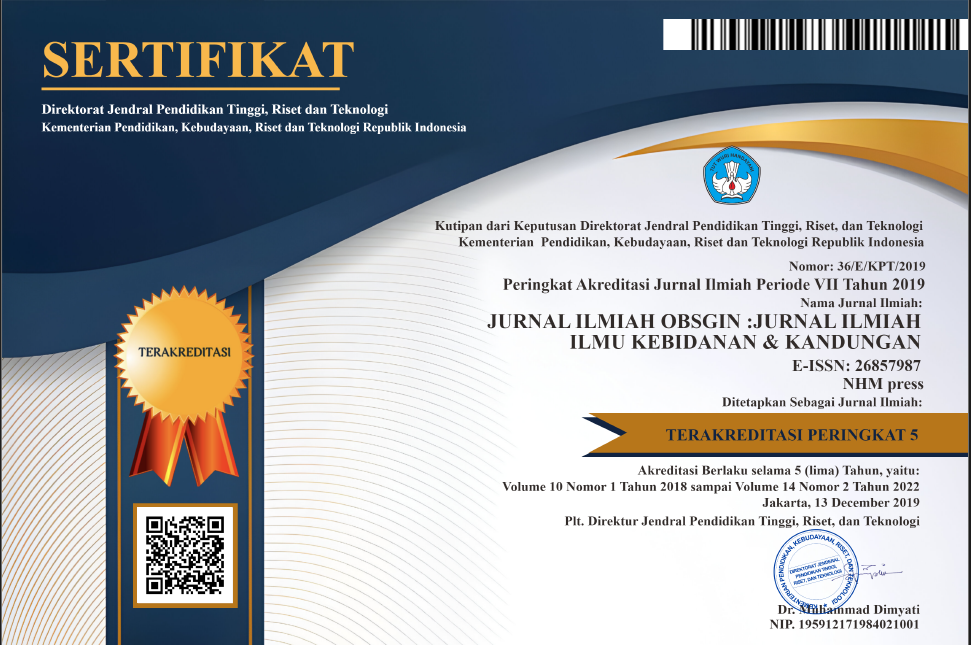HUBUNGAN SANITASI LINGKUNGAN DENGAN KEJADIAN STUNTING DI DESA ROJOPOLO KECAMATAN JATIROTO KABUPATEN LUMAJANG
Abstract
One of the nutritional problems suffered by toddlers is stunting, which is a short or very short body condition that occurs due to malnutrition and recurrent illness for a long time during the fetal period up to the first 2 years of a child's life. There are many factors cause stunting in children. One of the factors causing stunting is environmental sanitation. The purpose of this study was to determine the correlation between environmental sanitation and stunting in Rojopolo village, Jatiroto, Lumajang. This study used a cross-sectional study design on a population of 160 respondents, then simple random sampling was carried out on 88 mothers with children aged < 2 years in Rojopolo Village. The questionnaire consisted of respondent characteristics, environmental sanitation questionnaire sheets and stunting incident sheets. While the test used was the chi-square test to answer the purpose of this study. Based on the results of cross-tabulations and statistical test data for the 88 respondents studied, it was found that among the 30 respondents with unhealthy sanitation at home, most toddlers experienced the stunting category, namely 28 respondents (88.9%). 46 respondents (73.7%) out of 58 respondents with healthy home environmental saniation were not stunted. From the results of statistical tests, it was obtained that the results of Environmental Sanitation with Stunting incidents in Rojopolo village were p-value 0.000. So there is a significant correlation between environmental sanitation and the incidence of stunting. Unhealthy family environmental sanitation is related to stunting in children under five. Improved sanitation for a healthy environment needs to be maintained by involving the family to meet the nutritional needs of toddlers based on height for age.











